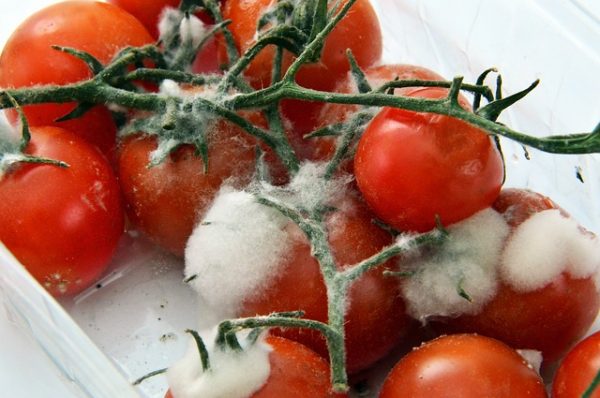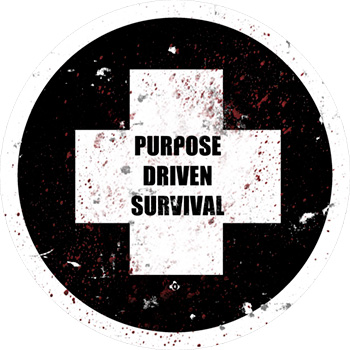
Most conscientious cooks use common sense when preparing or storing food. But common sense in food preparation doesn’t just happen- it is learned. This learning happens and when we forget where we learned it, we call it common sense.
Here are just a few pointers to refresh and reinforce your common sense as you are preparing your current meal or storing it for future use.
- Food safety actually starts with your excursion to the supermarket. Pick up the packaged or canned foods. Do the cans have dents? Don’t buy them. Is the jar cracked? Leave it. Does the lid seem loose or bulging? Pick up another. Look for any expiration dates on the labels- they are there for a reason. Never buy outdated food. Check the ‘use by’ or ‘sell by’ date on dairy products and pick the ones that will stay fresh the longest.
- After grocery shopping, put food into the refrigerator or freezer right away. Make sure the refrigerator temperature is set to 40 degrees fahrenheit and the freezer is set to 0 degrees fahrenheit. Refrigerate or freeze perishables, prepared foods, and leftovers within two hours. Raw meat, poultry, and seafood should be placed in containers to prevent their juices from dripping on other foods; raw juices commonly harbor harmful bacteria. Eggs always go in the refrigerator.
- Always cook food thoroughly until it is done. Red meat should be brown on the inside. Chicken, when poked with a fork, should have clear juices. Fish, on the other hand, when poked, should flake. Cooked egg whites and yolks should be firm and not run. Be sure to use a food thermometer to check the internal temperatures of your poultry, meat, and other foods. Leave it in long enough to ensure an accurate reading.
- Wash your hands and cooking surfaces frequently. Bacteria can be spread quickly, so this will ensure that it will not take hold and grow onto your food. A solution of one teaspoon of bleach in one quart of water is all that is needed to sanitize washed surfaces and utensils.
- Cooked foods should not be left standing in the kitchen counter or table for more than two hours. Bacteria tends to grow in temperatures between 40 and 140 degrees fahrenheit.
- Foods that have been cooked ahead and cooled should be reheated to at least 165 degrees fahrenheit. (This just so happens to be one of the most overlooked areas in food prep).
- Chill leftover food promptly. Place food in the refrigerator and don’t overfill the containers; the cold air needs to circulate freely to keep food safe. Divide the food and place in shallow containers. Think about labeling some of these containers so you don’t lose track of how long they’ve been refrigerating.

